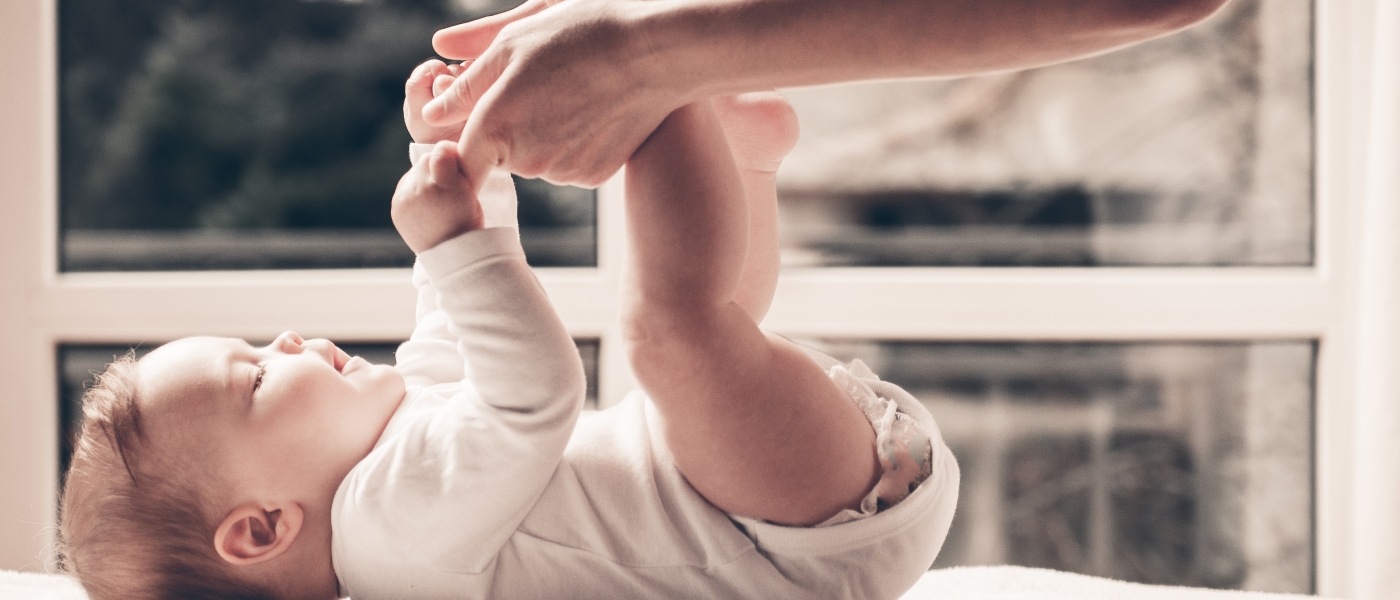Once the initial excitement of becoming pregnant has passed, and as the bump grows, your mind turns to the delivery. And, no matter how smooth, there is no avoiding the fact that some blood loss will be involved during your baby’s birth.
Iron for normal delivery
Although serious blood loss during the delivery of a baby is rare (5-6% of women)1 and is treated in hospital, being iron deficient after giving birth is common.2
Iron for caesarean sections
The number of caesarean sections is increasing across Europe,3 and both emergency and planned C-sections carry a higher risk that you will lose more blood after the delivery than a normal (vaginal) birth.4 Significant blood loss after delivery is known medically as a postpartum haemorrhage. If you are having a C-section because of a complication with your placenta you are likely to lose more blood than someone without complications. But, because you will know this ahead of time, you can make sure your iron levels are enough for your needs. Having iron deficiency or iron deficiency anaemia during the early days with your baby may cause you to experience fatigue and symptoms of depression, which can also affect how well you interact with your baby.5 To find out more about whether you are at risk of iron deficiency see our section Iron and new mothers. If you would like to understand the consequences of iron deficiency at this important time see Postnatal iron deficiency
The difference between fatigue and everyday tiredness
You may think that fatigue is just part of what comes with being pregnant and having a baby, and it is true that you will feel extremely tired at times. But fatigue is different. It is a feeling of both physical and mental exhaustion6 day after day and is associated with iron deficiency and iron deficiency anaemia.7
- Milman N. Postpartum anemia I: definition, prevalence, causes, and consequences. Ann Hematol. 2011;90(11):1247-53. doi:10.1007/s00277-011-1279-z.
- Milman N. Iron supplementation in pregnancy. Dan Med Bull. 1991.
- Chen WY. Do caesarean section rates “catch-up”? Evidence from 14 European countries. Health Care Manag Sci. 2013;16(4):328-340. doi:10.1007/s10729-013-9232-4.
- Briley A, Seed PT, Tydeman G, et al. Reporting errors, incidence and risk factors for postpartum haemorrhage and progression to severe PPH: A prospective observational study. BJOG An Int J Obstet Gynaecol. 2014;121(7):876-888. doi:10.1111/1471-0528.12588.
- World health organisation. Guideline: iron supplementation in postpartum women. Geneva WHO. 2016:38. doi:ISBN 978 92 4154958 5.
- Dittner AJ, Wessely SC, Brown RG.The assessment of fatigue: a practical guide for clinicians and researchers. J Psychosom Res. 2004;56(2):157-70. Available at: http://www.ncbi.nlm.nih.gov/pubmed/15016573. Accessed September 21, 2013.
- Peyrin-Biroulet L, Williet N, Cacoub P.Guidelines on the diagnosis and treatment of iron deficiency across indications: a systematic review. Am J Clin Nutr. 2015;102(6):1585-94. doi:10.3945/ajcn.114.103366.

